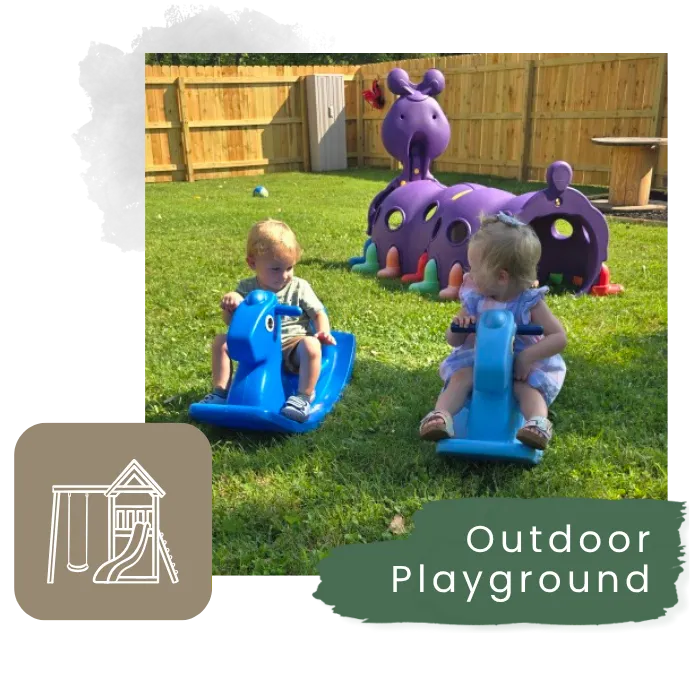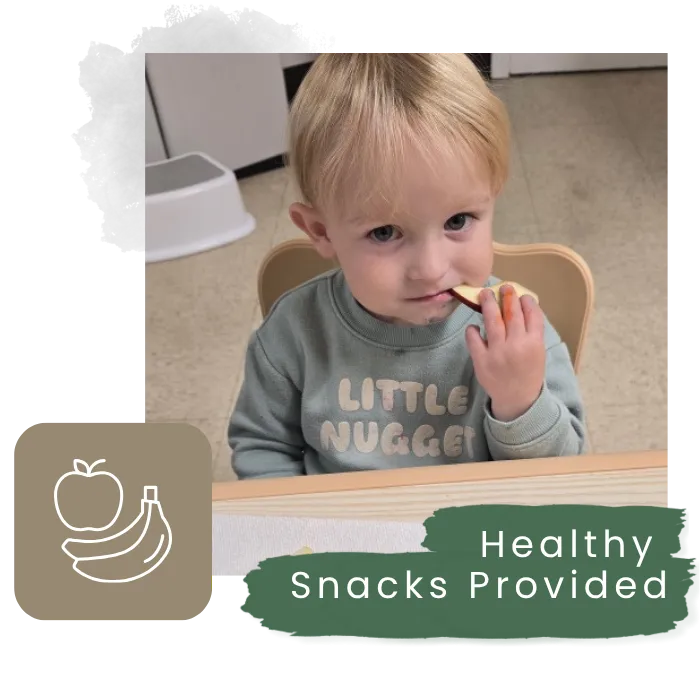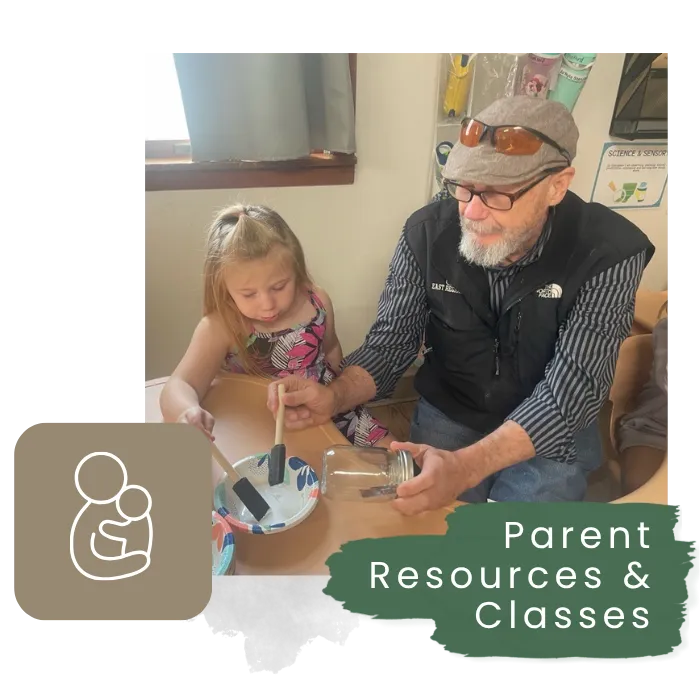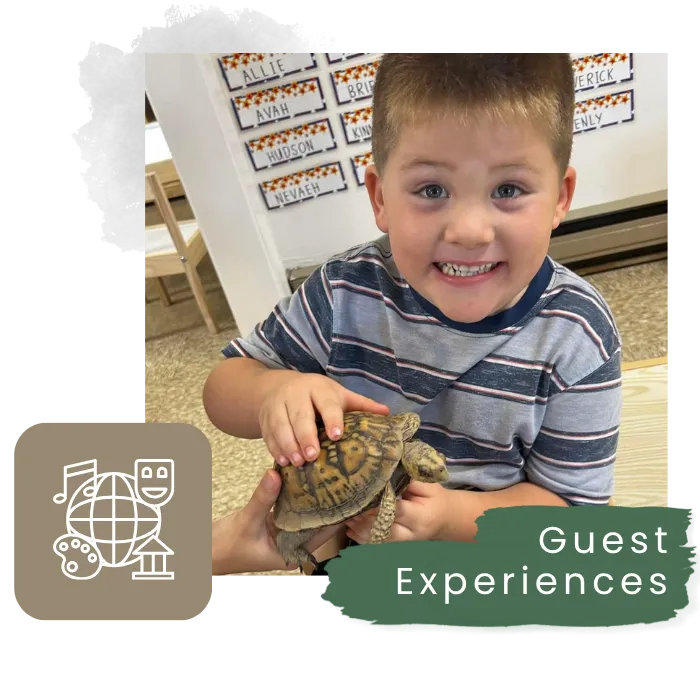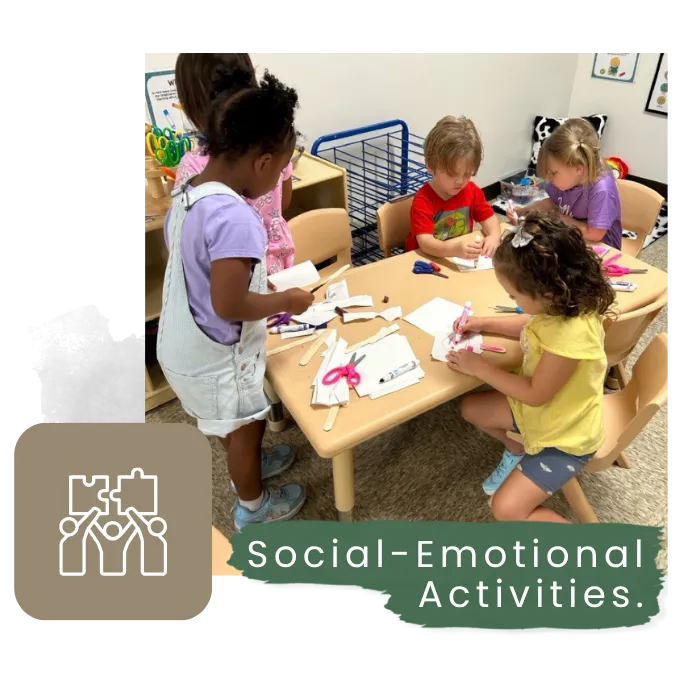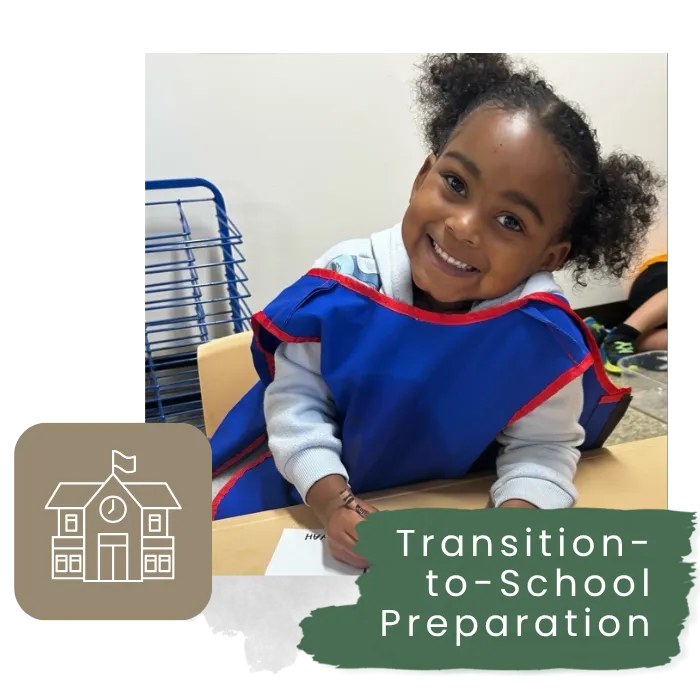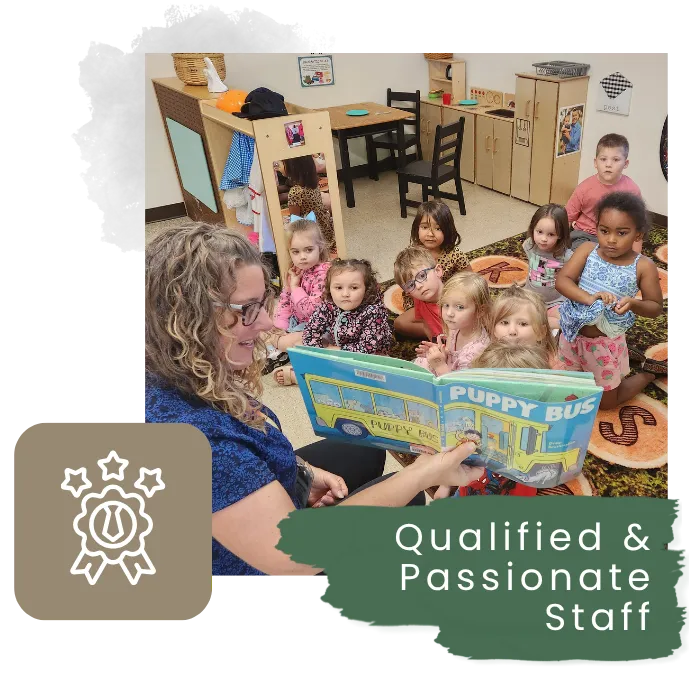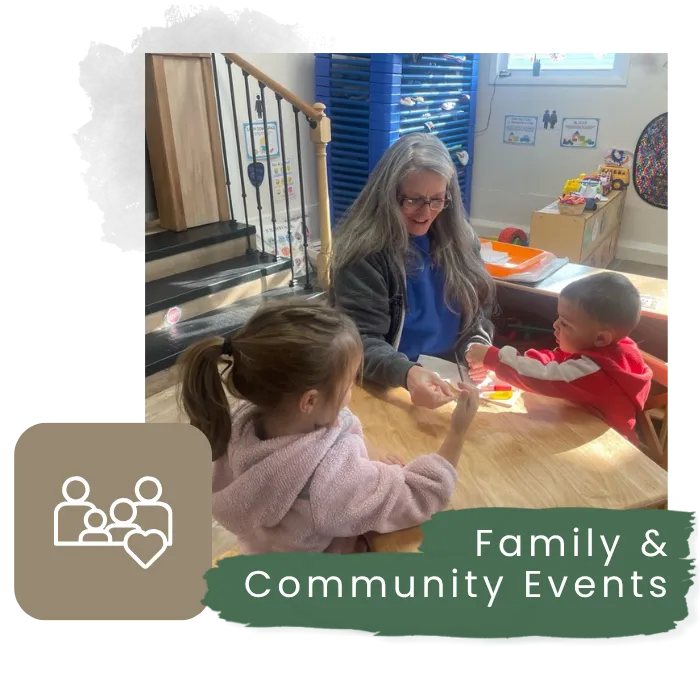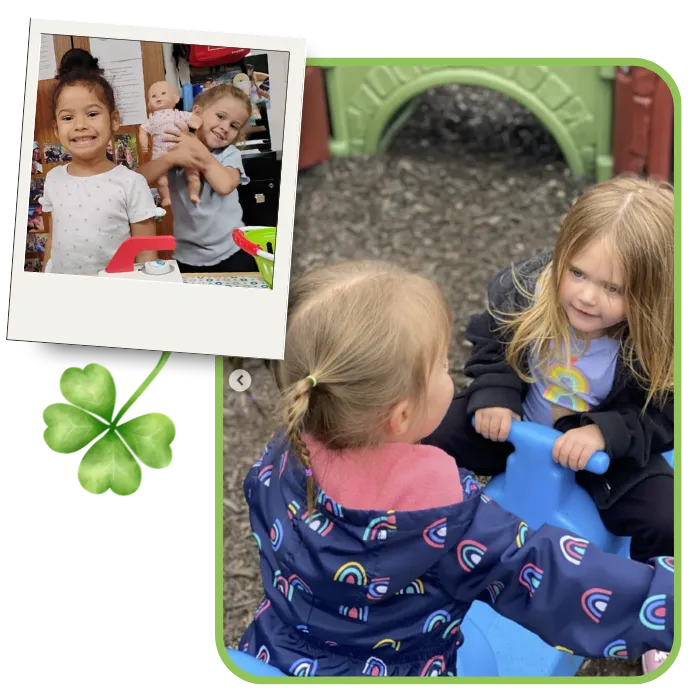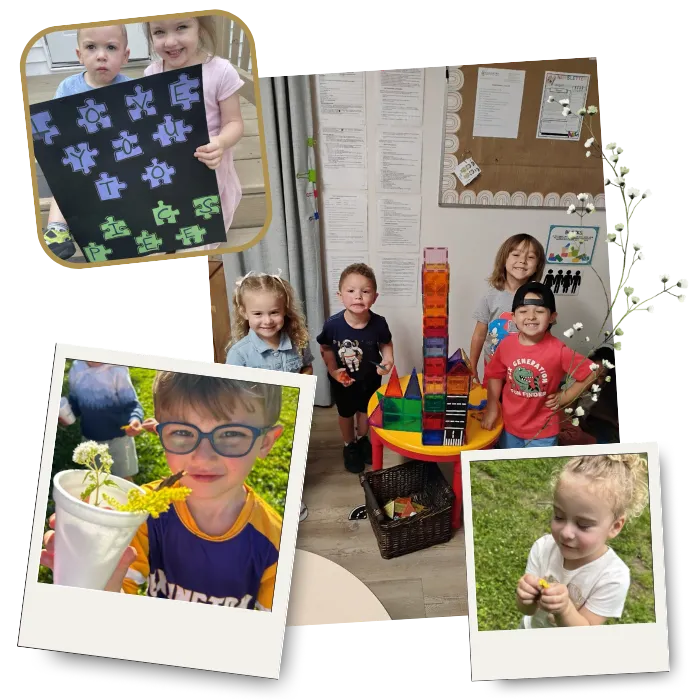
Best Preschool & Early Learning Center in Ontario, Ohio
Nurturing childcare for children aged 6 weeks to 5 years
Monday to Friday, 6:30 AM – 5:30 PM
At Clover Hill Early Learning Center, we’re building a community of learners where curiosity thrives, friendships grow, and every child feels at home.
Two Campuses. One Heart.
Two Campuses.
One Heart.
At Clover Hill Early Learning Center, we’re more than just childcare — we’re a family-focused community of learners. Across our two Ontario campuses, we provide a play-based, developmentally rich environment where curiosity thrives, friendships bloom, and every child feels right at home.
What We
Believe
At Clover Hill ELC, we believe early learning should inspire wonder, compassion, and confidence. Our passionate team of educators is committed to delivering exceptional early learning experiences through a play-based approach.
We believe that children learn best through hands-on exploration, empathy, and real-life experiences. Together with families, we nurture kind, confident, and resilient young learners — ready to take on the world.
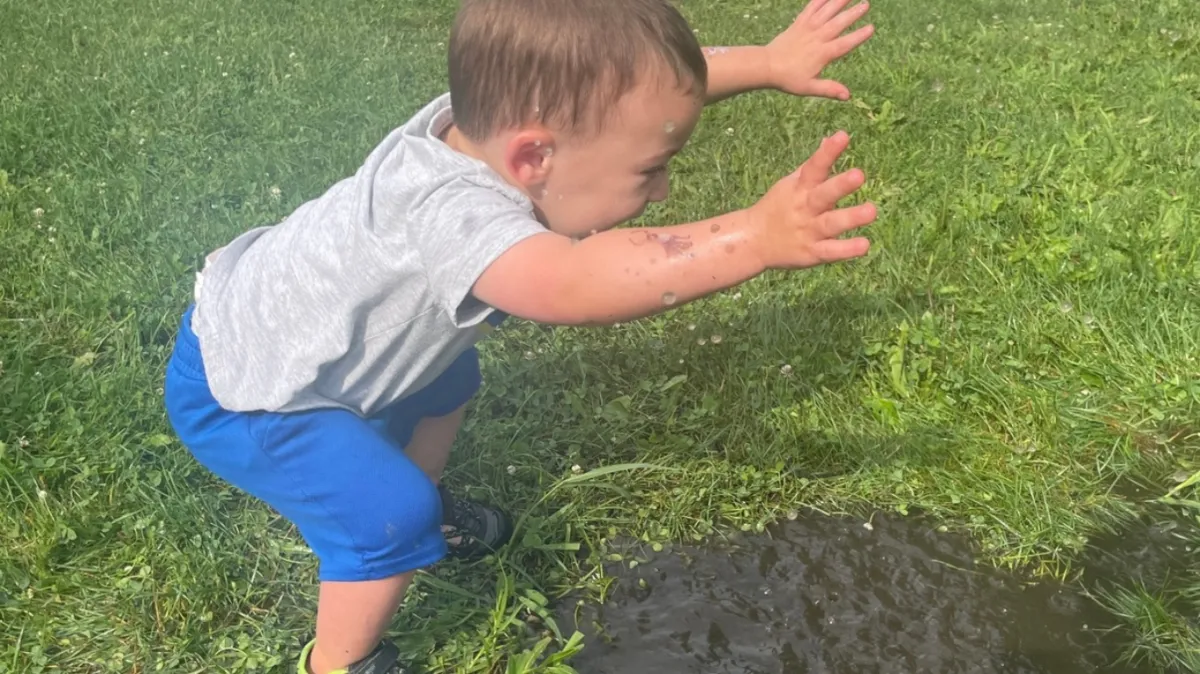
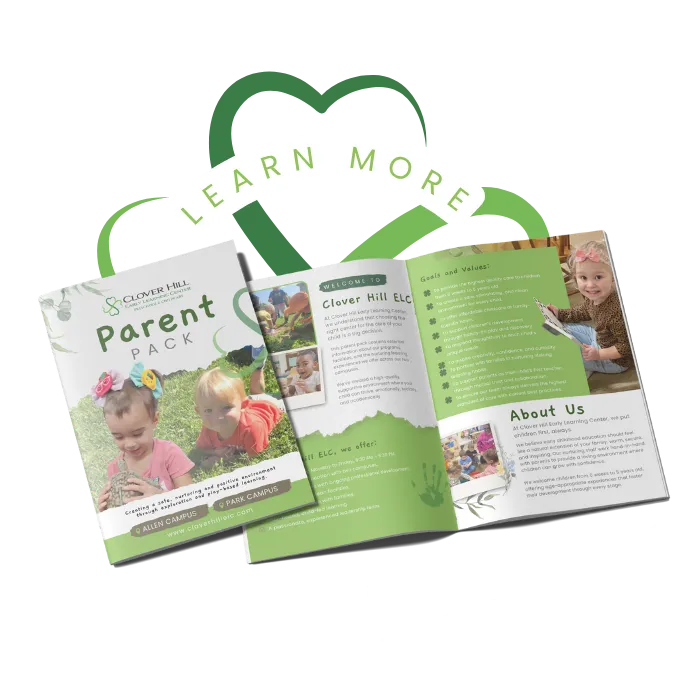
Receive Our Free
Parent Pack
We’d love to send you a FREE parent pack, full of helpful information about Clover Hill Early Learning Center.
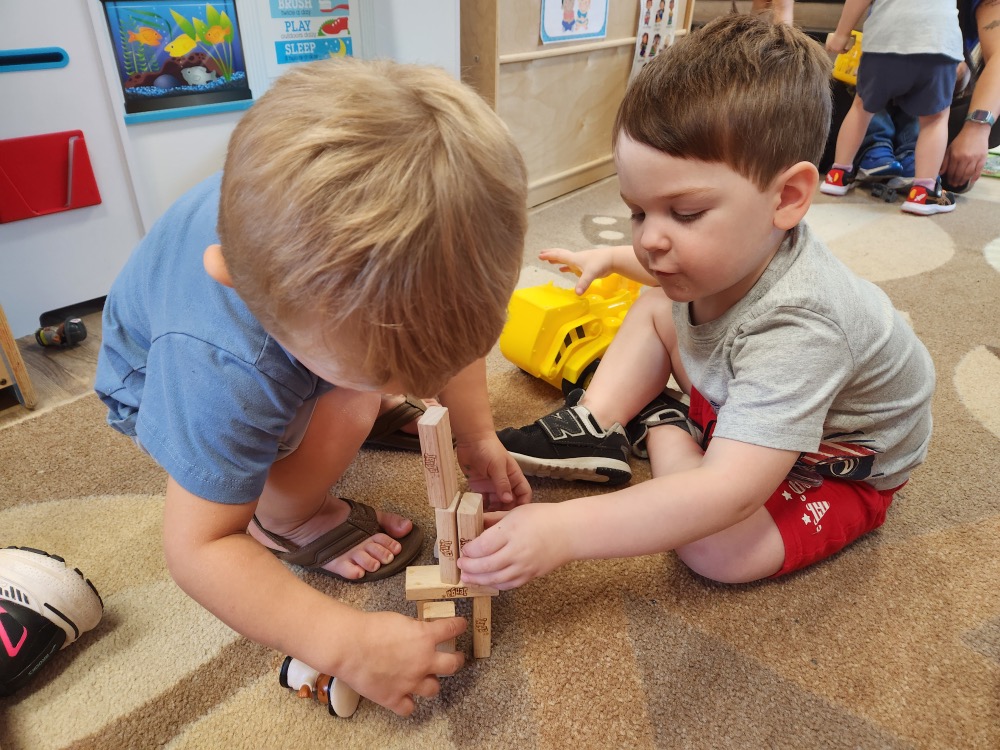
Our Mission
& Vision
Mission:
To create a community of learners by providing a high-quality preschool and childcare program that promotes growth through best practices and real-world experiences.
Vision:
To support families in providing a positive, developmentally appropriate early learning experience for children ages 6 weeks to 5 years — cultivating each child’s confidence, curiosity, and connection to the world around them.
Outdoor Playground
Encourage movement, exploration, and creativity through active, nature-based play.
On-Site
Breastfeeding Area
A comfortable, private space for nursing parents—because family care starts with parent support.
Healthy Snacks Provided
Nutritious snacks keep children energized and ready to learn throughout the day.
On-Site Parking
Convenient access makes drop-off and pick-up stress-free for families.
Family & Community Events
Building relationships through seasonal celebrations, workshops, and school-wide gatherings.
Parent Resources & Classes
Guidance and tools to help parents support their child’s learning at home.
Guest Experiences
Local musicians, athletes, emergency services, and animal visitors bring real-world learning into the classroom.
Social-Emotional Activities
Celebrating diversity and empathy through holidays, culture days, and environmental care lessons.
Transition-to-School Preparation
Focused kindergarten-readiness program fostering independence, cooperation, and confidence.
Qualified & Passionate Staff
Every staff member holds a minimum qualification in Early Childhood Education and participates in ongoing professional development.
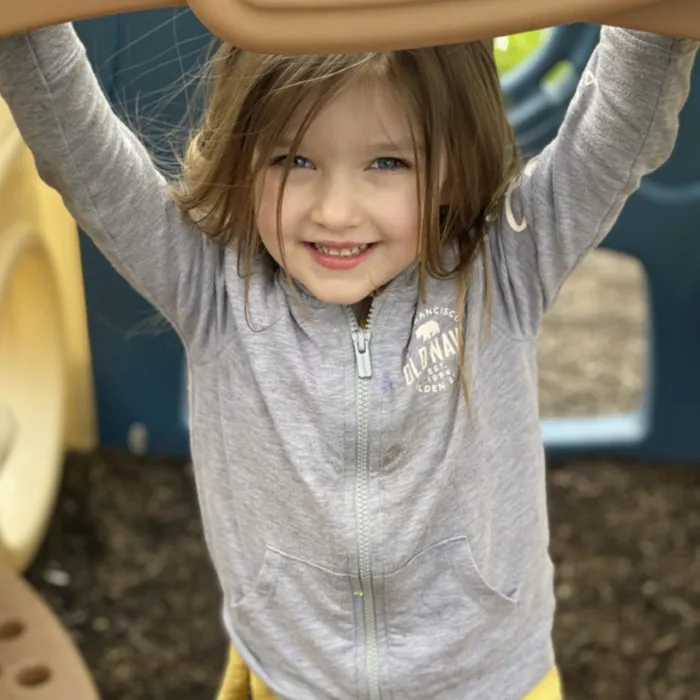
Two Campuses,
One Mission
We proudly serve families through two campuses — both offering the same high-quality care, curriculum, and community connections.
allen campus

Director: Jamie Weber
park campus

Director: Heather Addington
Both campuses are led by qualified, caring educators committed to providing a safe, stimulating, and supportive learning environment where children thrive.
Innovative
FACILITIES FOR
Your Child
Here's a small sample of some of the great things your child can enjoy when they join our setting…
What Our
Families Have To Say
We LOVE our families and carers and we're so proud to share some of their thoughts with you…

Our Commitment
to Safety
At Clover Hill ELC, your child’s safety is our top priority. We’ve implemented comprehensive safety and cleanliness protocols so you can feel confident and secure every day.
Cleanliness Protocols
We follow rigorous daily cleaning routines using child-safe disinfectants. Children are also taught proper handwashing and hygiene to support lifelong healthy habits.
Security
Each campus features restricted entry access, with only authorized staff and approved family members allowed. Brightwheel is used to track check-ins and communication in real time.
Transparency
We know how much you want to stay connected. That’s why we use Brightwheel to share photos, updates, and insights throughout your child’s day.
Would You Like Tojoin
The Clover Hill Team?
We're ALWAYS looking for applicants who want to impact children's lives....
Here at Clover Hill our team is extremely important to us and is part of our family! If you're looking to work at a Learning Center that puts its team first, then this could be the place for you.

Here’s What Our
Team Have To Say
We LOVE our team and we're so proud to share some of their thoughts with you ....
schedule a tour AT
Clover Hill ELC
The best way to discover what makes Clover Hill ELC so special is to experience it in person.
We offer welcoming and friendly personalized tours at both campuses.




